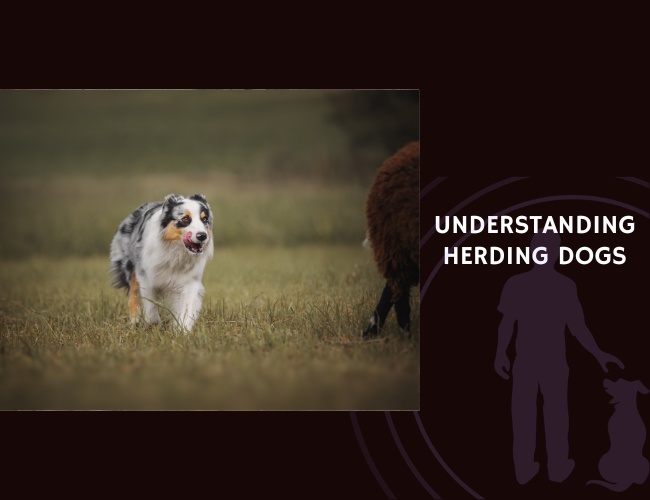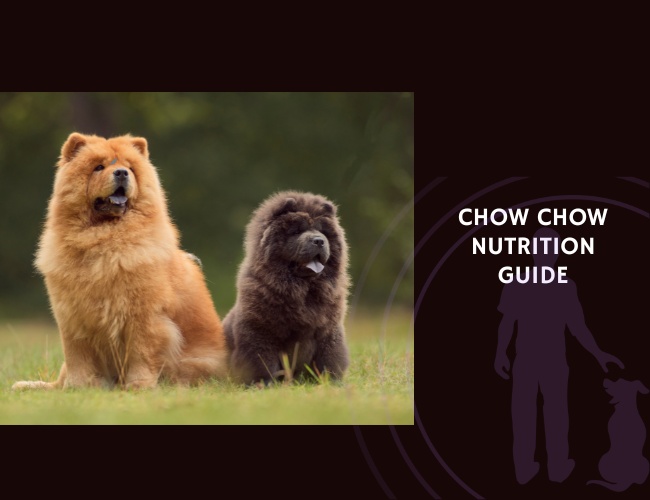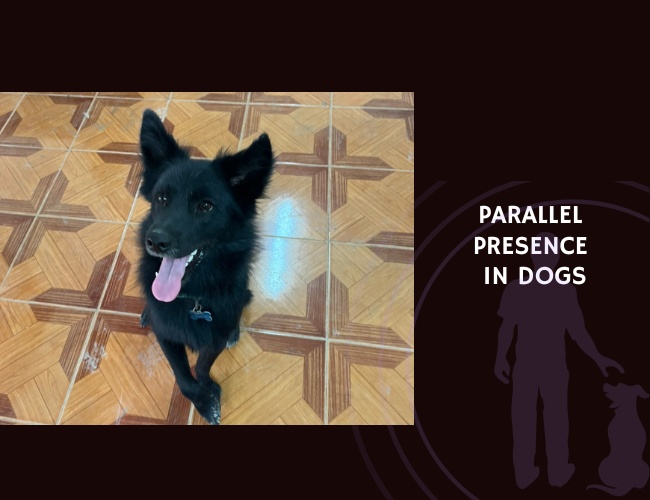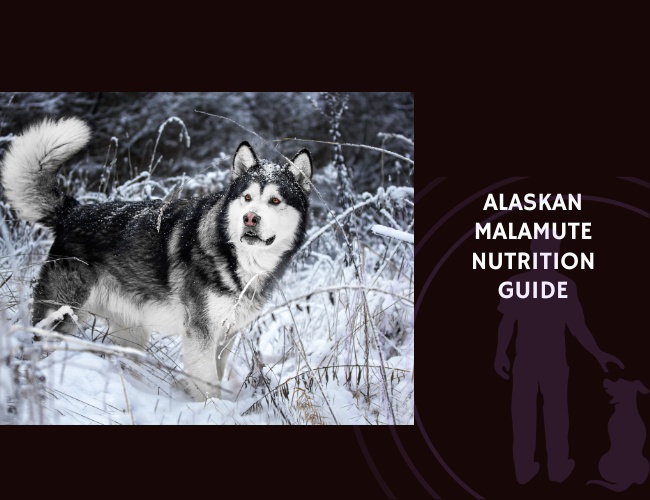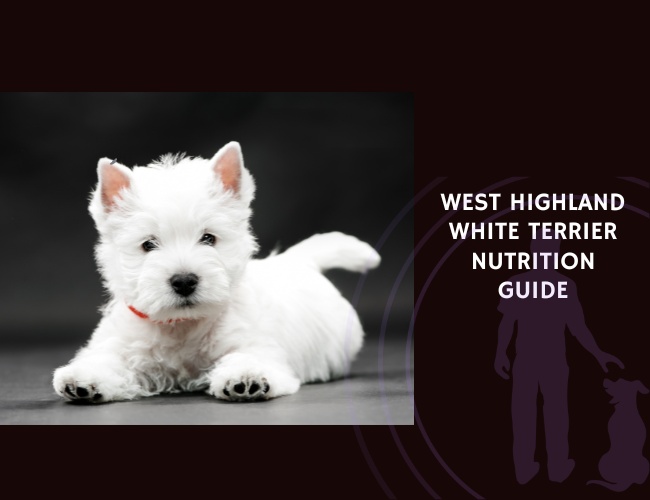Historical Evolution and Origins
Early domestication and transition from hunting companions to herding partners
It is essential to note that the domestication of dogs began approximately 15,000 years ago. Initially, humans utilized their canine companions primarily for hunting due to their acute senses and natural predatory instincts. Over time, as human societies transitioned from a nomadic lifestyle to more settled agricultural communities, the role of dogs evolved substantially.
During the Neolithic period, the increasing reliance on livestock for food and clothing created a demand for effective herd management. Dogs began to shift from hunting partners to indispensable aids in herding. Early domesticated dogs, selected for their trainability and stamina, primarily assisted in guiding and protecting flocks. This marked a significant transformation in the human-canine relationship, emphasizing cooperation and mutual dependence.
Development across different cultures and pastoral communities
As agriculture spread across different continents, the development and utilization of herding dogs diversified, adapting to the unique needs and practices of various cultures. For instance, in ancient Mesopotamia, dogs were integral to managing large flocks of sheep and goats. Similarly, Egyptian tomb paintings from as early as 2000 BC depict canines herding livestock, illustrating their historical importance.
European pastoral communities also placed a high value on herding dogs. The Spitz breed, for example, originated in Northern Europe and was renowned for its ability to handle sheep in harsh, cold environments. Meanwhile, in the British Isles, breeds such as the Border Collie were prized for their intelligence and agility, which made them exceptionally efficient at maneuvering livestock over diverse terrains.
Indigenous cultures also recognized the value of herding dogs. Native American tribes, for instance, bred dogs that were adept at both hunting and herding, demonstrating the versatility of these animals. In Africa, the Basenji breed was used not only for hunting but also for driving game into nets, showcasing a blend of herding and hunting capabilities adapted to local needs.
Evolution of specialized herding breeds through selective breeding
Throughout centuries, selective breeding has played a crucial role in refining herding breeds to meet specific demands. Early pastoralists recognized key traits—such as herding instinct, endurance, and obedience—and purposefully bred dogs exhibiting these characteristics. This deliberate selection process led to the development of highly specialized breeds, each uniquely suited to different livestock and environmental conditions.
The Collie breeds, including the Rough Collie and Border Collie, are exemplary results of such selective breeding efforts. Known for their intelligence, agility, and keen herding instincts, these breeds were meticulously developed to manage large flocks of sheep over expansive moorlands. Meanwhile, the Australian Cattle Dog, or Blue Heeler, was bred to control and drive cattle across vast ranches, emphasizing endurance and resilience in hot, arid climates.
Additionally, the Belgian Malinois, initially bred for herding and guarding livestock in Belgium, has gained recognition for its versatility and capability for various tasks beyond herding, including search and rescue and police work. This breed’s evolution underscores the importance of adaptability and functional diversity in herding dogs.
The progression and refinement of herding breeds highlight the profound impact of selective breeding. However, it is essential to preserve genetic diversity to maintain the health and viability of these breeds. With modern advancements in genetics, breeders now have the tools to balance selective breeding with conservation efforts, ensuring that herding dogs continue to serve their critical roles in farm management effectively.
Transitioning from the evolutionary history of herding dogs, it becomes evident that understanding their characteristics and specialization is fundamental. This next discussion delves into the physical and behavioral traits that make herding breeds unparalleled partners in livestock management.
Top 10 Herding Dogs
- Border Collie: Often considered the quintessential herding dog, Border Collies are celebrated for their intelligence, agility, and intense work ethic. They excel at tasks requiring precision and quick decision-making, making them ideal for managing sheep and other livestock.
- Australian Shepherd: Known for their versatility and strong herding instincts, Australian Shepherds are energetic dogs that thrive in active environments. Their keen intelligence and adaptability make them excellent partners in a range of herding scenarios.
- Australian Cattle Dog: Also known as “Blue Heelers,” these dogs are tough, resilient workers bred to handle cattle. They are renowned for their stamina and ability to control unruly livestock, particularly in challenging terrains.
- Shetland Sheepdog: Often referred to as “Shelties,” these smaller herders are agile and alert, with a natural aptitude for managing sheep. They are highly trainable and respond well to structured exercises.
- Belgian Malinois: With a strong work drive and versatility, Belgian Malinois are increasingly popular not just in herding but also in police and military work. They are known for their intelligence, loyalty, and protective instincts.
- Old English Sheepdog: Recognized for their shaggy coat and gentle demeanor, Old English Sheepdogs are effective herders with a calm approach. They handle a variety of livestock with patience and steadiness.
- Welsh Corgi (Pembroke and Cardigan): Despite their small size, both Pembroke and Cardigan Welsh Corgis are effective cattle herders. Their short stature allows them to nip at the heels of livestock while avoiding kicks.
- Collie (Rough and Smooth): This breed, not to be confused with the Border Collie, is recognized for its gentle and friendly nature. Collies are adept at controlling sheep, using their vigilance and endurance.
- German Shepherd: Beyond their roles in security and law enforcement, German Shepherds possess strong herding instincts. They are intelligent and versatile, capable of herding various types of livestock with confidence.
- Anatolian Shepherd Dog: Originally from Turkey, these large and sturdy dogs are known for their protective nature and ability to guard livestock against predators, making them ideal for farms with potential threats to livestock.
Each of these breeds brings unique attributes to herding, shaped by their history and the environments in which they were developed. Understanding these traits helps match the right breed to specific herding needs and conditions.
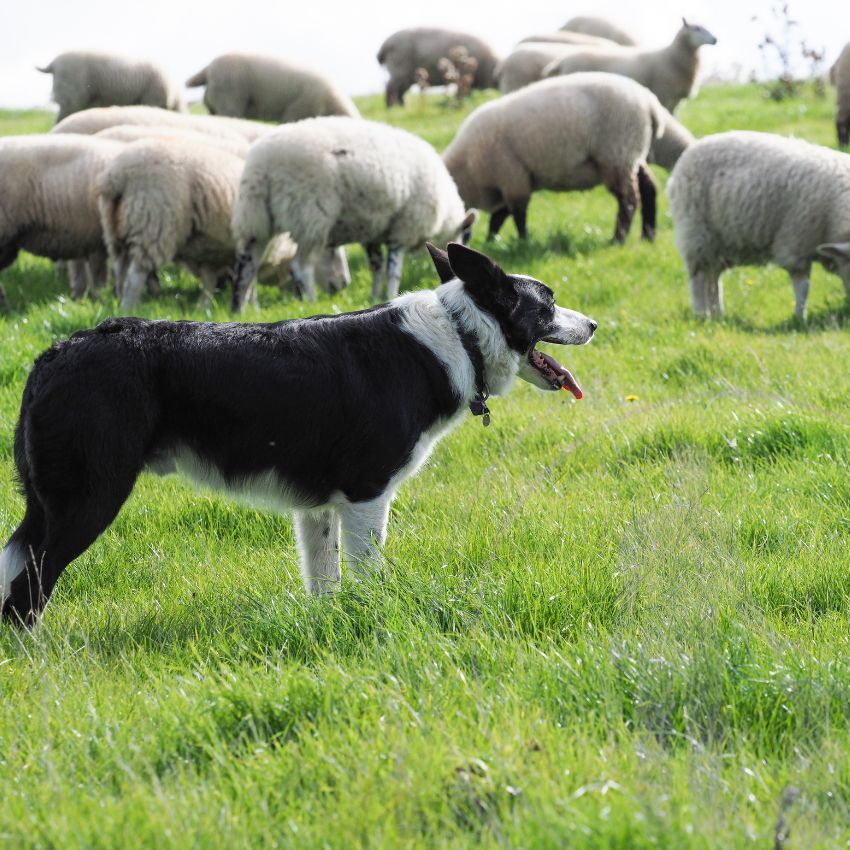
Breed Characteristics and Specialization
Physical Traits Common to Herding Breeds
Herding breeds are renowned for their distinct physical abilities, which are critical in managing livestock. These dogs possess impressive agility, stamina, and intelligence, allowing them to perform demanding tasks over long periods and varied terrains. It is essential to note that agility enables these breeds to make quick, precise movements necessary for guiding livestock. Their high stamina ensures they can work tirelessly throughout the day, often in challenging environments. Intelligence is equally crucial, as it allows herding dogs to learn complex tasks, respond to commands, and adapt to new situations efficiently.
Breed-Specific Specializations for Different Livestock Types
The specialization of herding breeds according to livestock types demonstrates the importance of selective breeding. Over time, breeds have been tailored to excel with specific animals, maximizing efficiency and effectiveness.
- Sheepdogs: Breeds such as the Border Collie and Australian Shepherd are exemplary sheep herders. Their quick reflexes and agile movements make them perfect for managing large flocks of sheep over vast fields. Border Collies, in particular, are known for their intense stare, or “eye,” which they use to control sheep with minimal physical intervention.
- Cattle Dogs: Breeds like the Australian Cattle Dog (also known as the Blue Heeler) are suited for cattle herding. These dogs are more robust and durable, capable of working in harsh climates. Their ability to heel, or nip at the cattle’s heels, helps them drive larger, more stubborn animals.
- Ducks and Poultry: Dogs like the Shetland Sheepdog, although smaller, are adept at herding ducks and other poultry. Their gentler approach prevents injury to smaller livestock, ensuring efficient and safe herding practices.
Inherent Behavioral Traits and Instincts Essential for Herding
Herding dogs exhibit several inherent behavioral traits and instincts that make them exceptional at their roles. Understanding these traits is essential for anyone working with herding breeds.
- High Prey Drive: This trait is a carryover from their ancestral hunting instincts. However, in herding dogs, this drive is channeled into controlling and maneuvering livestock rather than hunting.
- Strong Work Ethic: Herding breeds are known for their dedication and enthusiasm for work. They thrive on having tasks to complete and are often eager to take on new challenges.
- Natural Instincts: These dogs have an innate ability to anticipate the movements of livestock. They can predict and respond to the animals’ behavior, maintaining order and preventing escape.
- Sensitivity to Commands: Herding dogs are highly responsive to their handlers’ commands. This sensitivity allows for precise and efficient communication, which is vital for managing livestock effectively.
Understanding the breed characteristics and specializations of herding dogs lays a solid foundation for exploring their training methods and working dynamics. These assets ensure that herding breeds continue to play an indispensable role in modern farm management.
Training Methods and Working Dynamics
Traditional vs Modern Training Techniques and Their Effectiveness
It is essential to note that training methods for herding dogs have evolved significantly over the years. Traditional training techniques typically relied on observation, repetition, and hands-on guidance from experienced handlers. These methods often included the use of simple commands and natural herding environments to hone a dog’s skills.
Early on, handlers recognized the importance of building a bond with their dogs. This bond was crucial for effective communication and trust. By spending extensive time together, handlers could teach dogs to follow vocal commands, hand signals, and even subtle body movements. Traditional methods capitalized on the dog’s inherent herding instincts, reinforcing behaviors like rounding up livestock and preventing strays.
Modern training techniques, while still valuing the bond between handler and dog, often incorporate advanced tools and methods. For instance, positive reinforcement, such as treats and praise, has become a staple. This approach encourages dogs to repeat desired behaviors without the fear of punishment. Additionally, clicker training, which uses a distinct sound to mark correct behaviors, has proven effective in modern herding training.
The integration of technology, such as remote e-collars and GPS tracking devices, allows for more precise guidance and monitoring. These tools can help in correcting a dog’s behavior from a distance and ensuring their safety during large-scale operations. While the effectiveness of modern techniques is well-documented, it is important to understand that both traditional and modern methods have their merits. A combination of both can often yield the best results, tailored to the specific dog and the handler’s needs.
Unique Communication Systems Between Handlers and Dogs
Developing a unique communication system is paramount in herding dog training. Handlers often use a variety of verbal commands, whistles, and hand signals to direct their dogs. Each dog learns a specific set of cues tailored to their role and the type of livestock they are managing. For example, commands like “come by” and “away to me” are used to direct the dog clockwise and counterclockwise around the flock, respectively.
Whistle commands are particularly useful over long distances or in noisy environments. Each handler typically has a unique set of whistle patterns that their dog understands. This allows for clear communication without the need for shouting or confusion.
Body language and eye contact also play significant roles. Dogs are keenly observant of their handler’s movements and can detect subtle cues. This non-verbal communication ensures that even with minimal commands, dogs can perform their tasks efficiently.
It is essential to note that building this communication system takes time and consistency. Handlers must be patient and persistent, using repetition and positive reinforcement to solidify these commands.
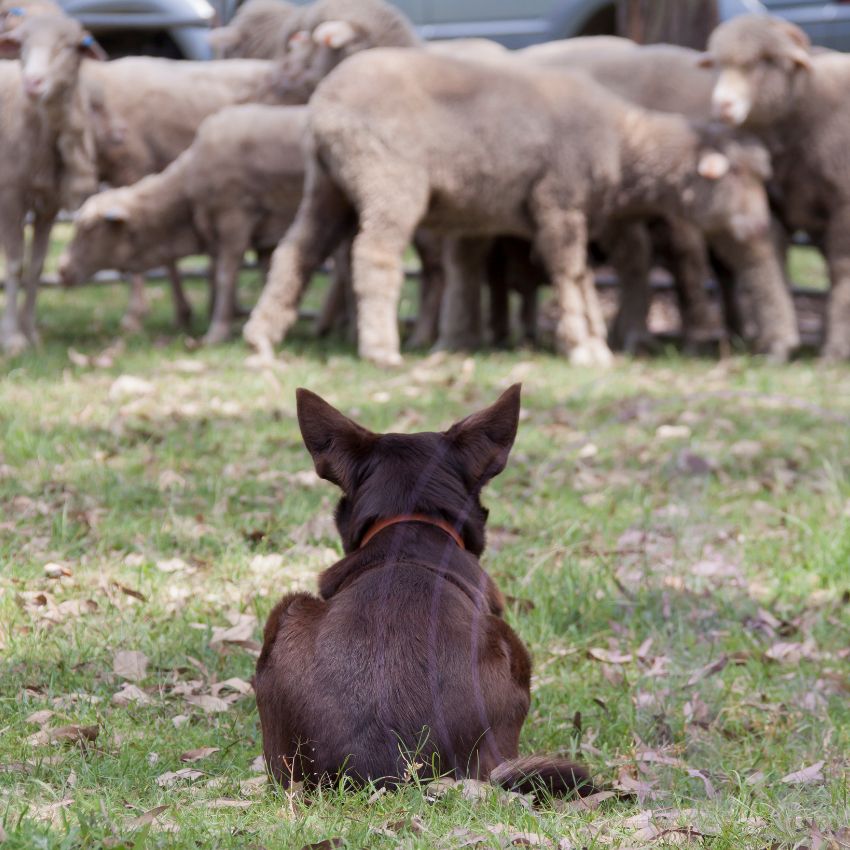
Development and Reinforcement of Natural Herding Instincts
Herding dogs are born with specific instincts that make them excellent at their jobs. However, these instincts need to be honed and developed through structured training. Early socialization and exposure to livestock are crucial. Puppies often start training by observing experienced dogs at work. This observational learning allows them to understand their role within the team.
As training progresses, controlled exercises and simulations help reinforce these instincts. Handlers may use smaller, manageable groups of livestock to begin with, gradually increasing the complexity of tasks as the dog’s skills improve. Short, frequent training sessions are most effective, preventing burnout and maintaining the dog’s enthusiasm.
Training often focuses on key behaviors such as gathering, driving, and penning. Gathering involves bringing livestock together, while driving means moving the herd from one place to another. Penning requires the dog to maneuver livestock into enclosures. Each of these behaviors requires the dog to balance control and agility, responding promptly to commands.
It is essential to balance training with rest and play to keep the dog motivated and healthy. Reinforcing natural instincts through positive experiences ensures that the dog remains confident and effective in their role.
By understanding and implementing these training methods and communication systems, handlers can develop highly skilled and reliable herding dogs. This critical knowledge sets the stage for exploring their impact on modern livestock management, where economic benefits and enhanced welfare standards are bringing new dimensions to traditional herding practices.
Impact on Modern Livestock Management
Economic Benefits and Improved Operational Efficiency
It is essential to note that herding dogs play a pivotal role in the economic framework of modern livestock management. Utilizing herding dogs can significantly reduce labor costs, as these animals can manage large herds more efficiently than human labor alone. For example, a well-trained Border Collie can handle the workload of several human workers, allowing livestock operations to allocate their resources more effectively. Consequently, the enhanced productivity of herding dogs can lead to increased profitability for livestock farmers.
Moreover, herding dogs contribute to improved operational efficiency by optimizing the management of livestock movements. Their ability to quickly and accurately maneuver livestock reduces the time required for routine tasks such as moving animals between pastures, guiding them to feeding areas, and separating individuals for treatment. This efficiency helps streamline operations, ensuring that farm activities are carried out smoothly and with minimal disruption.
Enhanced Safety and Welfare Considerations for Livestock
We understand that animal welfare is a significant concern for livestock managers. Herding dogs enhance the safety and welfare of livestock by providing a means to manage animals in a controlled and low-stress environment. The bond between herding dogs and the livestock they manage is built on mutual trust, leading to calmer and more predictable behavior from the animals.
Herding dogs are adept at gently guiding livestock, minimizing the risk of injury that can result from rough handling or the use of mechanized equipment. Their presence can reduce the likelihood of panic-induced injuries, promoting a safer environment for both animals and handlers. Additionally, the precise control exercised by herding dogs helps ensure that livestock is handled humanely, leading to better overall health and welfare outcomes.
Adaptation to Different Environmental Conditions and Terrains
Discover more about how herding dogs are highly adaptable and can function effectively in diverse environmental conditions and terrains. Their agility and stamina make them suitable for working in a wide range of settings, from the rugged highlands to expansive plains and even arid regions. This adaptability ensures that herding dogs remain valuable assets in various agricultural landscapes.
For instance, the Australian Cattle Dog is well-suited for the harsh, dry conditions of the Australian outback, while the Border Collie excels in the temperate and hilly regions of the United Kingdom. These breed-specific adaptations enable livestock managers to select herding dogs that are best suited to their particular environmental conditions, enhancing overall efficiency and effectiveness.
Furthermore, herding dogs are capable of adjusting their herding strategies to accommodate different types of livestock and their unique behaviors. This versatility allows them to manage diverse herds, including sheep, cattle, goats, and even poultry, making them indispensable across various types of livestock operations.
By understanding the multifaceted impact herding dogs have on modern livestock management, it is clear that their contributions extend beyond simple herding tasks. Their role in enhancing economic efficiency, ensuring livestock welfare, and adapting to various environments underscores their value in contemporary agricultural practices.
Contemporary Challenges and Future Considerations
Balancing Traditional Practices with Modern Farming Needs
In contemporary livestock management, there is a delicate balance to strike between traditional herding practices and modern farming requirements. It is essential to note that traditional methods have built a strong foundation for herding dogs, giving them the skills and instincts necessary to perform their jobs effectively. However, as agricultural practices continue to evolve with technological advances, it becomes increasingly important to adapt and integrate these innovations into existing herding practices.
One challenge lies in the integration of automation and machinery in modern farming. Large farms often rely on machinery for tasks such as feeding and monitoring livestock, reducing the need for manual labor. However, the unique skills of herding dogs remain irreplaceable, as they provide a level of control and companionship that machines cannot replicate. Effective balance involves incorporating modern technologies while utilizing the natural instincts and capabilities of herding dogs. Examples include pairing drone technology for aerial livestock monitoring with the agility of herding dogs on the ground.
Moreover, modern farming practices often require herding dogs to adapt to various environments and livestock, calling for specialized training protocols. The adjustment of traditional techniques to contemporary contexts ensures herding dogs can meet current farming demands while preserving their essential roles. One innovative approach involves the use of positive reinforcement and clicker training, which has proven effective in strengthening the bond between handlers and dogs while increasing efficiency in herding tasks.
Animal Welfare Considerations for Both Dogs and Livestock
As awareness of animal welfare grows, it is crucial to address the well-being of both herding dogs and the livestock they manage. For herding dogs, considerations include ensuring proper nutrition, regular exercise, veterinary care, and mental stimulation. Dogs that are well-cared for demonstrate higher performance levels and exhibit fewer behavioral issues, leading to more effective herding.

It’s also important to consider the mental well-being of herding dogs. Given their high intelligence and active nature, herding dogs thrive on mental challenges and engaging work. Regular training sessions and problem-solving activities can provide much-needed mental stimulation.
For livestock, herding by dogs often reduces stress levels compared to more intrusive mechanical herding methods. Well-trained dogs manage livestock with calmness and precision, minimizing the risk of injury or stress. Additionally, dogs can swiftly respond to unexpected changes in livestock movement or behavior, ensuring smoother operations and better overall welfare of the animals.
Empathetic handlers play a vital role in maintaining the welfare of both dogs and livestock. Including rest periods, ensuring humane handling practices, and monitoring dog’s health can contribute to a positive working environment.
Sustaining Herding Traditions in Mechanized Agriculture
As the agricultural sector becomes more mechanized, preserving the tradition of herding dogs is a growing concern. Mechanized farming offers efficiency and scalability but often overlooks valuable traditional practices that have been refined over generations. It is essential to integrate technology in a way that complements rather than replaces the role of herding dogs.
Education and awareness play a critical role in sustaining these traditions. Farmers and handlers must understand the value of herding dogs and the skills required to train and manage them effectively. Heritage herding dog breeds, such as Border Collies and Australian Shepherds, bring intrinsic cultural value that is worth preserving.
Training programs and workshops can help bridge the gap between traditional and modern practices. These programs can guide farmers in the proper use of technology while highlighting the irreplaceable contributions of herding dogs to effective livestock management.
In conclusion, the future of herding dog traditions in modern agriculture rests on finding the right balance between integrating technological advancements and preserving essential herding practices. Ensuring the welfare of both herding dogs and livestock, along with sustained education and training efforts, will be key to maintaining these valuable traditions amidst the tides of mechanization.

